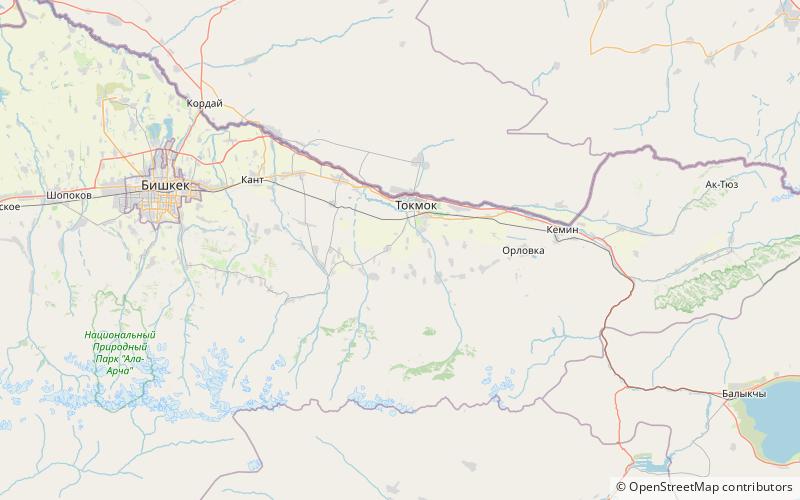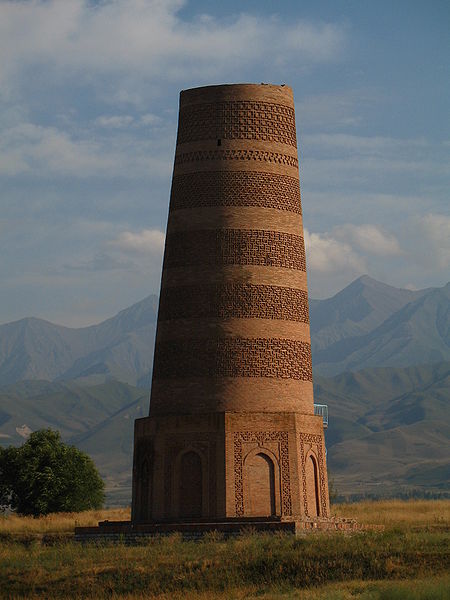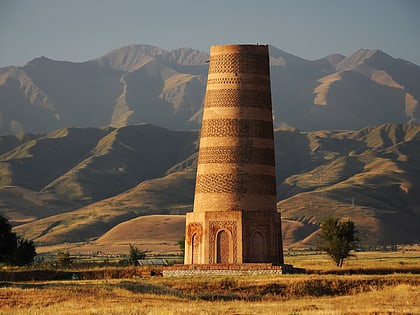Burana Tower


Facts and practical information
Burana Tower: A Testament to the Greatness of the Karakhanid Era
The Burana Tower, a solitary minaret rising against the backdrop of Kyrgyzstan's majestic Tien Shan mountains, stands as a poignant reminder of the ancient city of Balasagun. Once a flourishing hub along the Silk Road, Balasagun was the capital of the powerful Karakhanid state in the 9th to 11th centuries. The tower, believed to have been constructed in the 11th century, is what remains of a grand mosque that once graced the city, serving as a beacon for travelers and traders traversing the vast Central Asian steppes.
While its original height is estimated to have been around 45 meters, the Burana Tower now reaches a modest 25 meters, its stature diminished by the ravages of time and natural disasters. Nonetheless, it remains an impressive example of the architectural ingenuity of the Karakhanid era, with its intricate brick patterns and geometric designs that speak to the sophistication of Islamic art and construction techniques of the period.
Visitors to the site can climb the interior winding staircase to reach the top of the tower, where they are rewarded with panoramic views of the surrounding Chuy Valley. The area around the tower also features a collection of balbals, ancient Turkic gravestones, and remnants of mausoleums and petroglyphs, providing a glimpse into the rich tapestry of history that once unfolded in this region.
The Burana Tower is not just a tourist attraction but a symbol of Kyrgyzstan's deep historical roots and cultural heritage. It was recognized as a site of historical importance and was added to the UNESCO World Heritage Tentative List, highlighting its significance and the ongoing efforts to preserve it for future generations.
Burana Tower – popular in the area (distance from the attraction)
Nearby attractions include: Balasagun.

